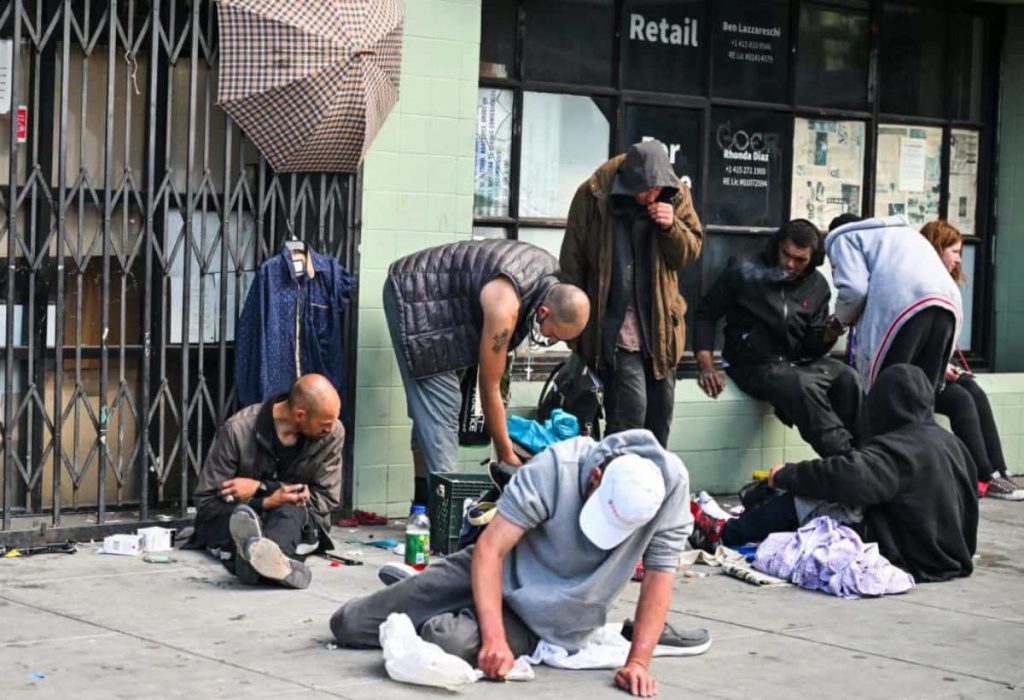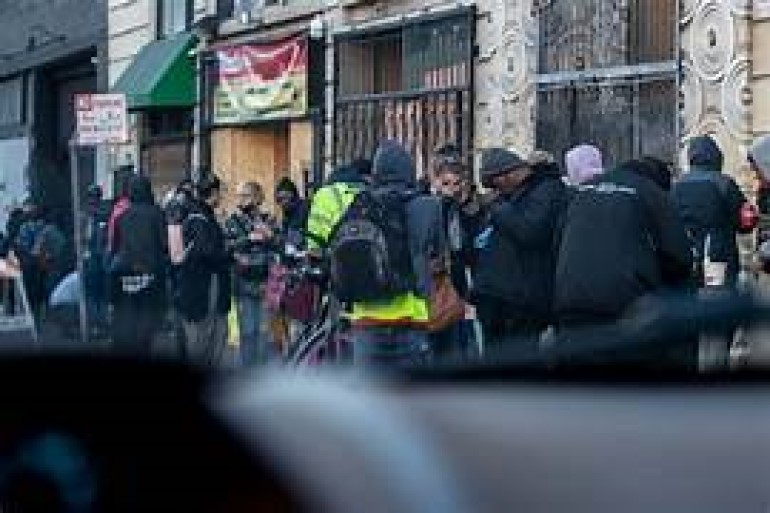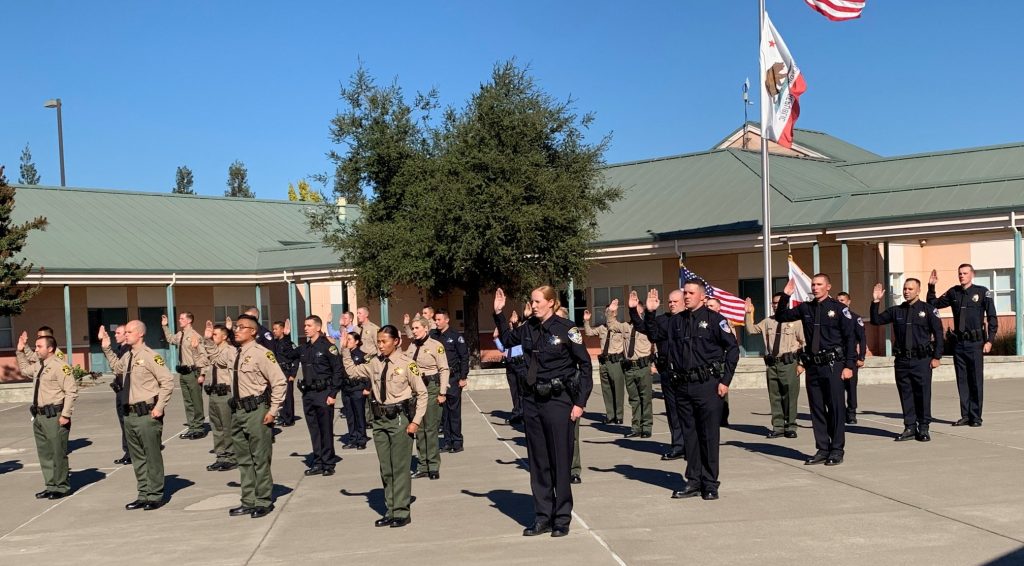San Francisco, CA – Feb. 22, 2024 – The San Francisco Deputy Sheriffs’ Association (SFDSA) has filed a formal complaint against Deputy Public Defender Ilona Yanez for misconduct under the State BAR of California rules. This complaint comes in response to Yanez’s handling of a domestic violence case involving survivor Jordana Cahen, which was recently exposed in an investigative report by ABC7 News I-Team’s Dan Noyes.
The complaint alleges that Yanez displayed bias against the victim, minimized Jordana’s experience, and shifted the focus away from the abuser’s actions, in violation of the California State BAR rule against bias. Yanez is also accused of abusing her authority by intervening in a small claims court complaint filed by Jordana against the abuser, compromising Jordana’s pursuit of justice.
Furthermore, Yanez’s interactions with the jury after the verdict, including buying drinks for several jurors and discussing the case with them, demonstrate a lack of respect for the legal process and the integrity of the jury system.
SFDSA President Ken Lomba stated, “The conduct of Deputy Public Defender Ilona Yanez in this case is deeply concerning and undermines the principles of justice and fairness that are fundamental to our legal system. We urge the State BAR of California to conduct a thorough investigation into Yanez’s conduct and take appropriate disciplinary action.”
The SFDSA is committed to upholding the highest standards of professionalism and ethics within the legal profession and will continue to advocate for the rights of victims of domestic violence.
Contact:
Ken Lomba
President
San Francisco Deputy Sheriffs’ Association
415-696-2428





